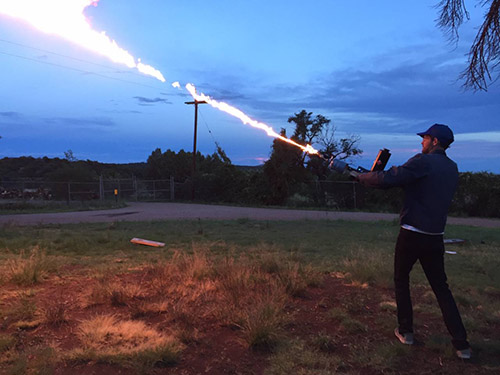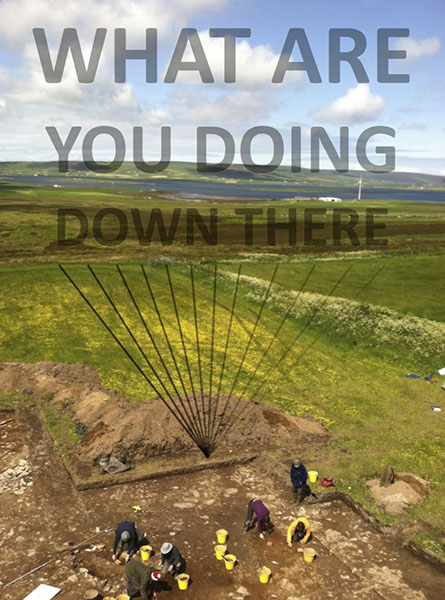
40: Quarantine & The Origins of Computation
Quarantine is a number. Quarantine was the name given to the strategy of isolating potentially harmful populations for forty days in an effort to impede potential dangers. Deriving from the Italian word for forty (quaranta), alongside quarantines there existed the trentine (thirty) and sessantine (sixty), each defined by the number of days of mandated isolation. The word took its meaning following the Black Death and subsequent waves of plague. It was first legally enforced in Ragusa (Dubrovnik today) in 1377. Today, especially at this precise moment, quarantine is rather estranged from this history. (read more...)





